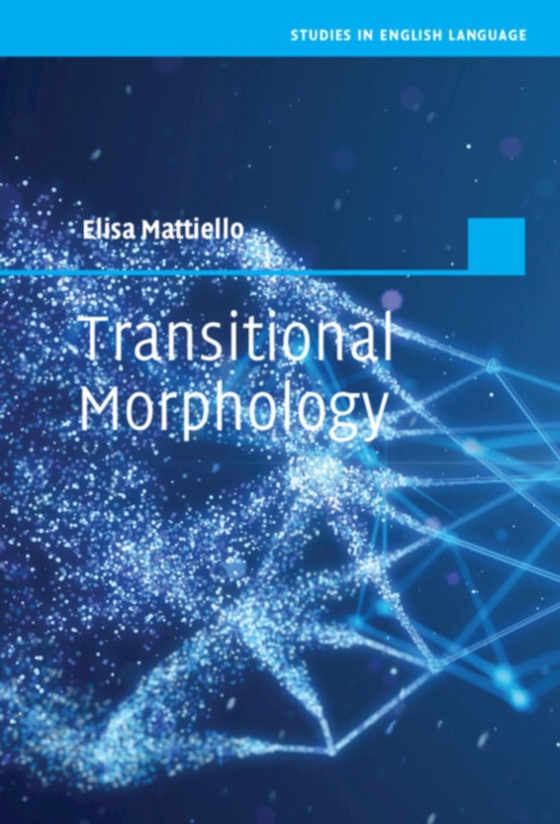
Transitional Morphology e-bog
948,41 DKK
(inkl. moms 1185,51 DKK)
Combining Forms (CFs) are a major morphological phenomenon in Modern English, yet while they have been discussed in some morphological literature, no full-length study has been devoted to this topic so far. This pioneering book addresses that gap by providing a framework in which CFs are marked as distinct from their neighbouring categories such as abbreviations and blending. It splits CFs into...
E-bog
948,41 DKK
Forlag
Cambridge University Press
Udgivet
14 december 2022
Genrer
Language: history and general works
Sprog
English
Format
pdf
Beskyttelse
LCP
ISBN
9781009197922
Combining Forms (CFs) are a major morphological phenomenon in Modern English, yet while they have been discussed in some morphological literature, no full-length study has been devoted to this topic so far. This pioneering book addresses that gap by providing a framework in which CFs are marked as distinct from their neighbouring categories such as abbreviations and blending. It splits CFs into four distinct categories - neoclassical (e.g. bio-therapy, zoo-logy), abbreviated (e.g. e-reader, econo-politics), secreted (e.g. oil-gate, computer-holic) and splinters (e.g. docu- from documentary in docudrama). It shows that the notion of CF spans a wide spectrum of processes, from regular composition to abbreviation, from blending to analogy, and schema. Modern and emerging English CFs are analysed by adopting a corpus-based approach, and measuring their realised, expanding, and potential productivity. Comprehensive yet accessible, it is essential reading for researchers and advanced students of morphology, English historical linguistics, corpus linguistics, and lexicography.
 Dansk
Dansk

